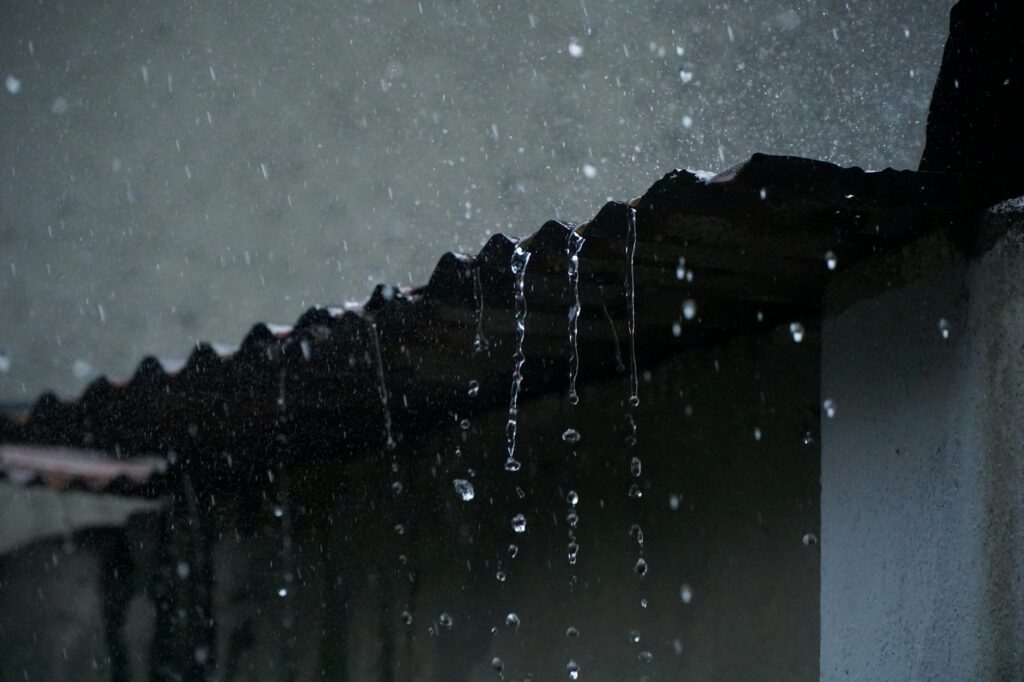Metal Roof 2/12 Pitch: Optimize Water Flow with Low-Slope Roofing Solutions
When it comes to roofing systems, a Metal Roof 2/12 Pitch presents unique challenges and opportunities, especially related to water flow management. A 2/12 pitch means the roof rises 2 inches vertically for every 12 inches horizontally, making it a low-slope roofing design. Unlike steeper roofs, low-slope roofs require careful planning to ensure water efficiently drains and prevents leaks or pooling. Using metal roofing in this setting offers distinct advantages and practical solutions for homeowners and builders alike.
Understanding the Metal Roof 2/12 Pitch
Before diving into optimization techniques, it’s essential to understand what a 2/12 pitch entails. This pitch is considered low slope, barely rising, making water drainage slower than on steeper roofs. While metal roofs are traditionally used on steeper slopes, advancements in materials and installation methods have made metal roofing a viable, even preferred option for low-slope roofs.
Low-slope roofs demand materials that provide superior water resistance and seal integrity. Metal panels excel here due to their impermeability, durability, and the ability to interlock tightly, creating a waterproof barrier that standard shingles may struggle to achieve on such a gentle incline.
Why Choose Metal Roofing for Low-Slope Applications?
Metal roofs offer longevity, energy efficiency, and low maintenance, making them an excellent choice for a roof with a 2/12 pitch. Here are some key benefits:
– Durability: Metal withstands harsh weather conditions, from heavy rain to snow and wind, offering long-term protection.
– Water Shedding Ability: Even with a low slope, metal panels can effectively channel water off the roof.
– Lightweight: Metal puts less stress on the roofing structure, which is crucial for low-slope applications where drainage layers and insulation might add weight.
– Aesthetic Appeal: Metal roofing comes in various styles and colors, complementing a wide range of architectural designs.
Optimize Water Flow on a Metal Roof 2/12 Pitch
Water management is critical for low-slope roofs to prevent leaks, standing water, and damage. Here’s how to optimize water flow on a metal roof with a 2/12 pitch:
1. Use Standing Seam Metal Panels
Standing seam panels are highly recommended for low-slope metal roofs. Their raised seams make it difficult for water to penetrate the joints, improving waterproofing even on minimal slopes. Additionally, the interlocking design provides structural stability and reduces the risk of panel movement that can compromise the roof’s integrity.
2. Install Proper Underlayment
The underlayment beneath metal panels acts as the secondary waterproofing layer. On a 2/12 pitch, it’s imperative to use high-quality, self-adhering membranes designed for low slopes. These membranes create a continuous barrier that resists water infiltration and ice damming, common concerns on flat or near-flat roofs.
3. Ensure Adequate Roof Drainage Systems
Even the best roofing materials cannot prevent water accumulation without an effective drainage system. Gutters, downspouts, and internal roof drains must be adequately sized and regularly cleaned to handle runoff. On low slopes, ensuring these components easily channel water away from the roof and foundation is critical.
4. Maintain Proper Slope Transitions and Drainage Paths
Any interruptions or dips in the metal roof’s surface can cause water pooling, which can lead to leaks or corrosion over time. Contractors should ensure smooth transitions and continuous slopes toward drainage points. Adding tapered insulation beneath pans can improve drainage by creating subtle pathways for water flow.
5. Regular Roof Inspections and Maintenance
Low-slope roofs require frequent inspections to detect potential water buildup or damage early. Look for signs like rust, loose fasteners, or debris accumulation near seams and drains. Prompt maintenance ensures the metal roof continues performing optimally throughout its lifespan.
Additional Considerations for Low-Slope Metal Roofing
Thermal Movement Accommodation
Metal expands and contracts with temperature changes, a factor more critical on low-slope roofs where water pooling can exploit gaps caused by movement. Using clips and fasteners designed to accommodate thermal cycling prevents seal failure and increases roof longevity.
Compliance with Building Codes
Because of the unique demands on low-slope metal roofs, make sure designs comply with local building codes and manufacturer specifications for pitch requirements, installation procedures, and load capacities.
Conclusion
A Metal Roof 2/12 Pitch offers a sensible solution for low-slope roofing needs, delivering durability, style, and enhanced water flow management. Successfully optimizing water drainage on such gently sloped roofs revolves around choosing the right panel system, employing superior underlayment materials, and maintaining effective water channeling and roof upkeep. With proper design and installation, metal roofing can provide years of reliable, efficient performance—even on the lowest pitches. If considering metal roofing for a low-slope project, investing in these specialized solutions will ensure a weather-tight, long-lasting roof that stands up to the elements.





